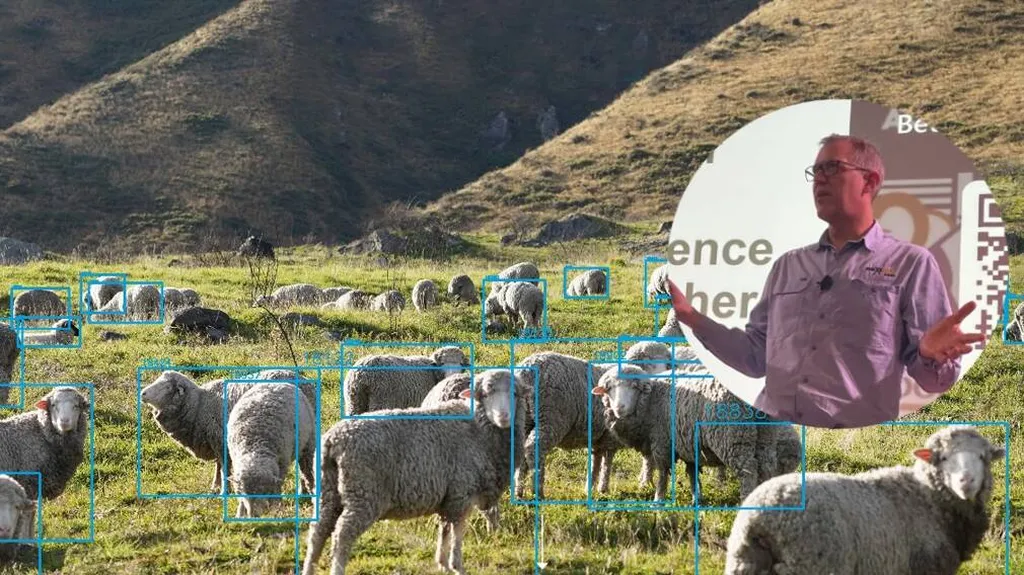In the heart of Portugal, researchers are pioneering a new approach to livestock monitoring that could revolutionize animal welfare and agricultural automation. João Ferreira, from the Instituto de Telecomunicações de Aveiro (IT), has led a team that developed a two-stage machine learning system designed to detect and estimate lambing in sheep using wearable collar devices. This innovation, published in the journal *Inteligencia Artificial Aplicada a la Agricultura* (Smart Agricultural Technology), promises to enhance precision farming while balancing computational efficiency and accuracy.
The system combines a binary classifier for early lambing detection and a multiclass classifier for accurate estimation of birth time. By assessing both lightweight and non-lightweight machine learning classifiers, the team has uncovered critical insights into the trade-offs between model complexity and deployment feasibility. “More complex models achieve higher accuracy, but they require significantly more computational resources,” Ferreira explains. “Lightweight models, on the other hand, offer faster, resource-efficient predictions and easier deployment, which is crucial for practical applications in the field.”
The research highlights the importance of sampling frequency and historic window size in model accuracy. Through three experiments, the team found that future data collection could occur at 1 or 2 Hz while maintaining reliable model performance. This finding could significantly reduce the computational resources needed for automated lambing monitoring, making the technology more accessible and scalable for farmers.
The implications for the agricultural sector are profound. By optimizing the trade-off between sampling frequency and time window size, the combined lightweight two-stage system achieved a Matthews Correlation Coefficient (MCC) of up to 0.93, effectively balancing accuracy and resource efficiency. This breakthrough could pave the way for more energy-efficient systems in livestock monitoring, ultimately improving animal welfare and farm productivity.
As the world moves towards more sustainable and automated agricultural practices, this research offers a promising path forward. By coupling model complexity with deployment ability, Ferreira and his team have laid the groundwork for future innovations in animal welfare, livestock farming, and agricultural automation. Their work not only addresses the resource constraints associated with wearable collars but also underscores the potential for precision farming to become more efficient and scalable.
In a field where every second counts, this research could shape the future of livestock monitoring, ensuring that farmers have the tools they need to care for their animals with greater precision and efficiency. As Ferreira notes, “This work is a step forward in the design of practical machine learning solutions for real-world scenarios, making a significant impact on the agricultural sector.”

